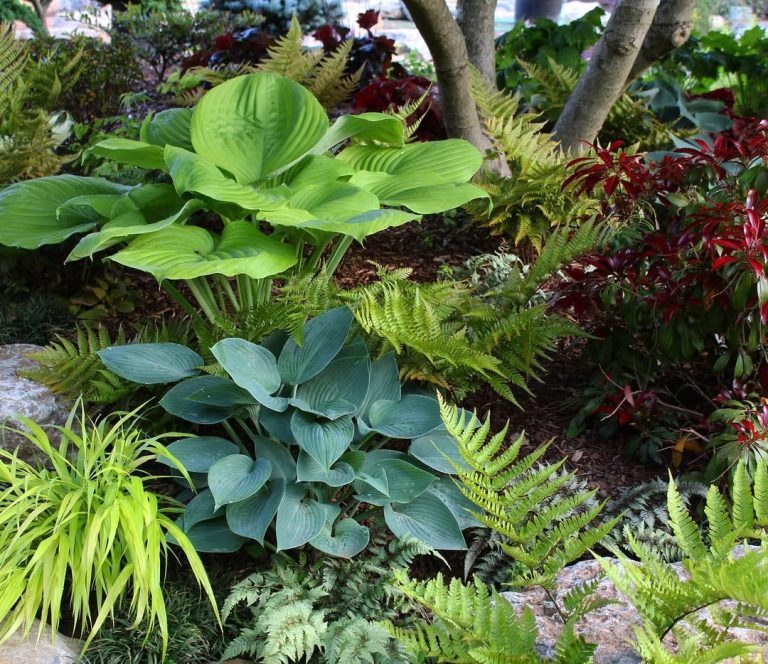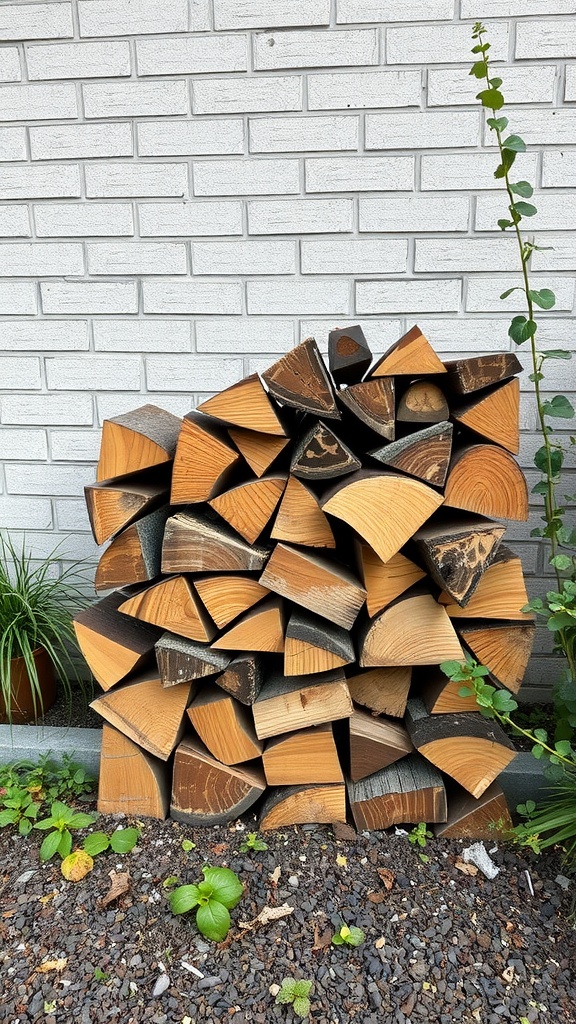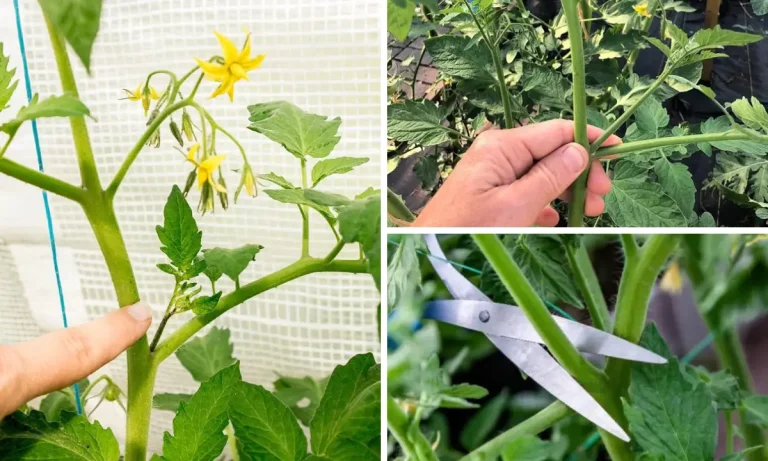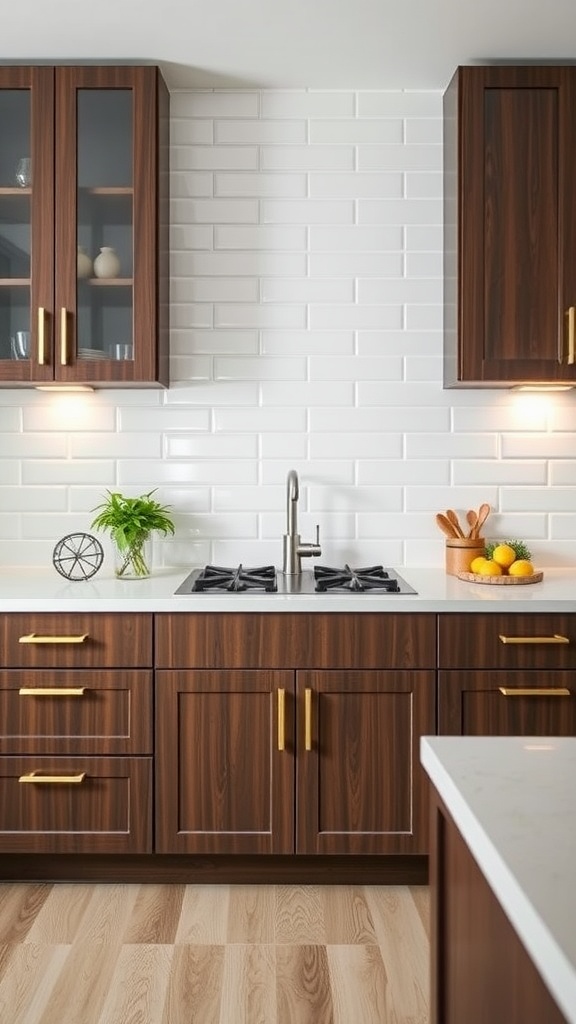21 Forest Garden Ideas for a Naturally Beautiful Outdoor Living Space
Forest gardens are one of the most enchanting ways to transform your outdoor space into a peaceful, self-sustaining sanctuary. They blend the magic of nature with thoughtful design, offering not only lush greenery but also food, shade, and wildlife habitat. Whether you’re working with a spacious backyard or a cozy patch of land, there’s a forest garden idea here that can bring your vision to life.
From layered planting techniques to charming hideaways, let’s dive into 21 inspiring ideas to help you design your dream forest garden.
1. Layered Canopy Design
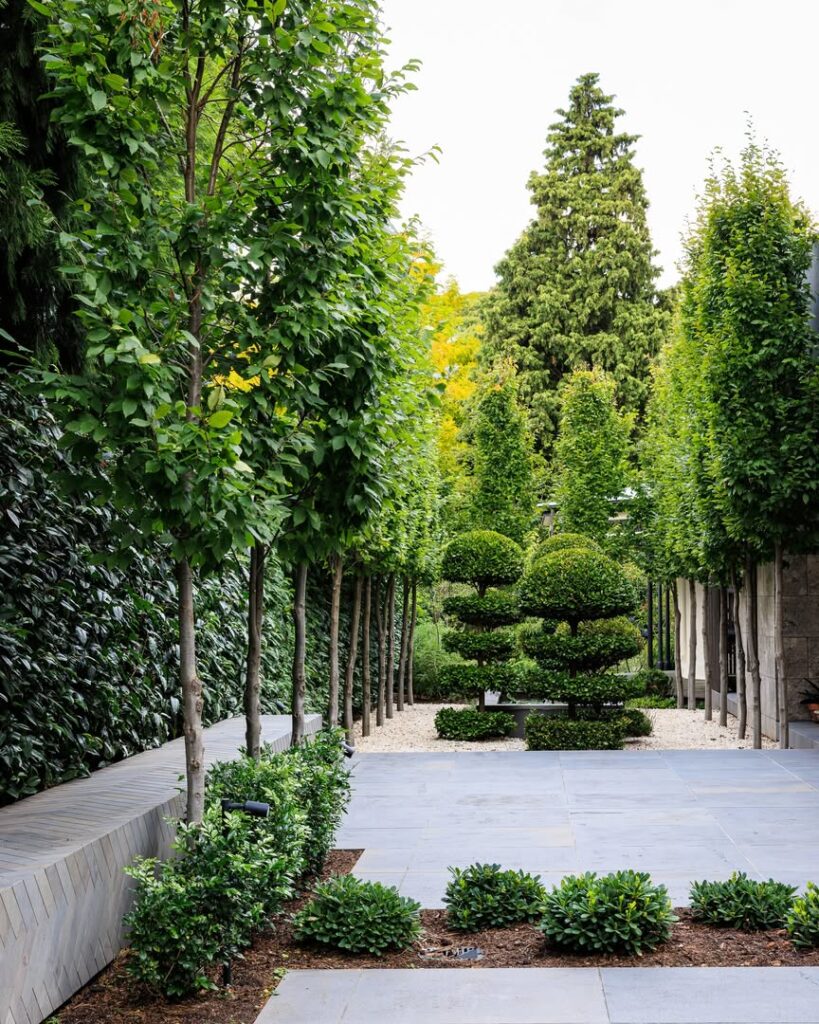
One of the foundational principles of a forest garden is mimicking the layers of a natural forest. This means creating a canopy using tall trees, an understory of smaller trees and shrubs, a herbaceous layer, ground cover, climbing vines, and root crops underground.
By stacking these layers vertically, you maximize space while creating a visually rich, productive garden.
Start by planting canopy trees like walnut, chestnut, or native oaks. Then add fruit trees like apples or pears underneath, followed by berry bushes, culinary herbs, and ground covers such as strawberries or creeping thyme.
Climbers like beans or grapes can wrap around trees or trellises, and root vegetables like garlic or Jerusalem artichokes thrive beneath it all. This setup not only supports a biodiverse ecosystem but also provides continuous yields throughout the growing season.
It’s a sustainable, space-efficient way to boost your back porch decor with natural beauty.
2. Wild Edible Pathways

Imagine strolling through your backyard and casually nibbling on fresh herbs, berries, or edible flowers as you walk. That’s the charm of creating wild edible pathways in your forest garden.
Line your walking paths with low-maintenance edible groundcovers like mint, creeping thyme, wild strawberries, or nasturtiums. These plants spread easily, tolerate foot traffic, and offer color, fragrance, and taste.
Intersperse taller plants like lavender or sage along the borders for vertical interest and a dash of rustic flair that pairs well with modern patio furniture nearby. These paths aren’t just practical—they invite exploration and keep you connected to your garden.
Choose stone or mulch pathways that allow for good drainage and a natural feel, enhancing the overall outdoor living vibe.
3. Fungal Integration with Mushroom Logs

Mushroom logs are an underrated forest garden gem. They introduce a fungal layer to your garden ecosystem and offer delicious, gourmet mushrooms like shiitake, oyster, or lion’s mane.
All you need are fresh-cut hardwood logs (oak, maple, or beech work well), mushroom spawn, and a shaded area. Drill holes in the logs, insert spawn, seal with wax, and keep them moist in a shady corner of your garden.
It may take a few months, but once they fruit, the results are magical—and sustainable.
Placing mushroom logs under canopy trees or near shaded sitting areas blends practicality with charm. They’re also perfect conversation pieces for your back porch gatherings.
4. Living Willow Structures
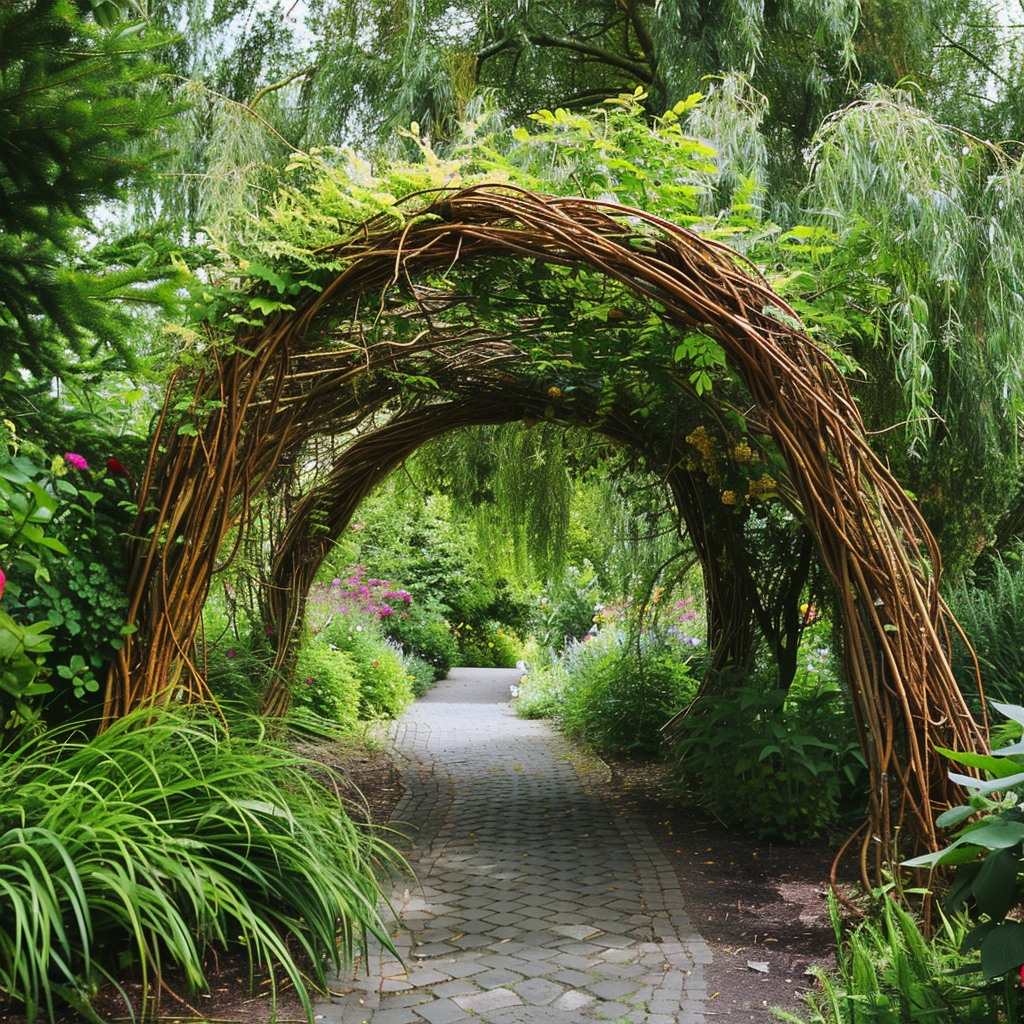
Living willow arches, fences, or tunnels add whimsical structure to your forest garden while supporting local biodiversity. Willow grows fast and is highly flexible when young, making it ideal for creative garden features.
Plant willow rods directly into moist soil and weave them into your desired shape as they grow. Over time, the structure will root and sprout, becoming a leafy, living sculpture.
These green structures provide shade, habitat for birds and pollinators, and even privacy if positioned strategically near your porch or patio area.
It’s a living, breathing alternative to traditional fencing and works beautifully with both rustic and modern back porch ideas.
5. Wildlife Water Features

Adding a small pond, bird bath, or trickling fountain helps establish your garden as a wildlife haven. Water attracts birds, amphibians, beneficial insects, and pollinators—creating a thriving, self-sustaining mini-ecosystem.
A shallow pond lined with native aquatic plants like cattails, water lilies, or iris can become a centerpiece. Or go minimalist with a clay pot fountain nestled among ferns and mosses.
If you’re incorporating back porch decor nearby, choose a water feature with soothing sound to elevate your relaxation zone. Pair it with comfy seating and watch as birds and butterflies flock to your serene oasis.
6. Native Shade Gardens
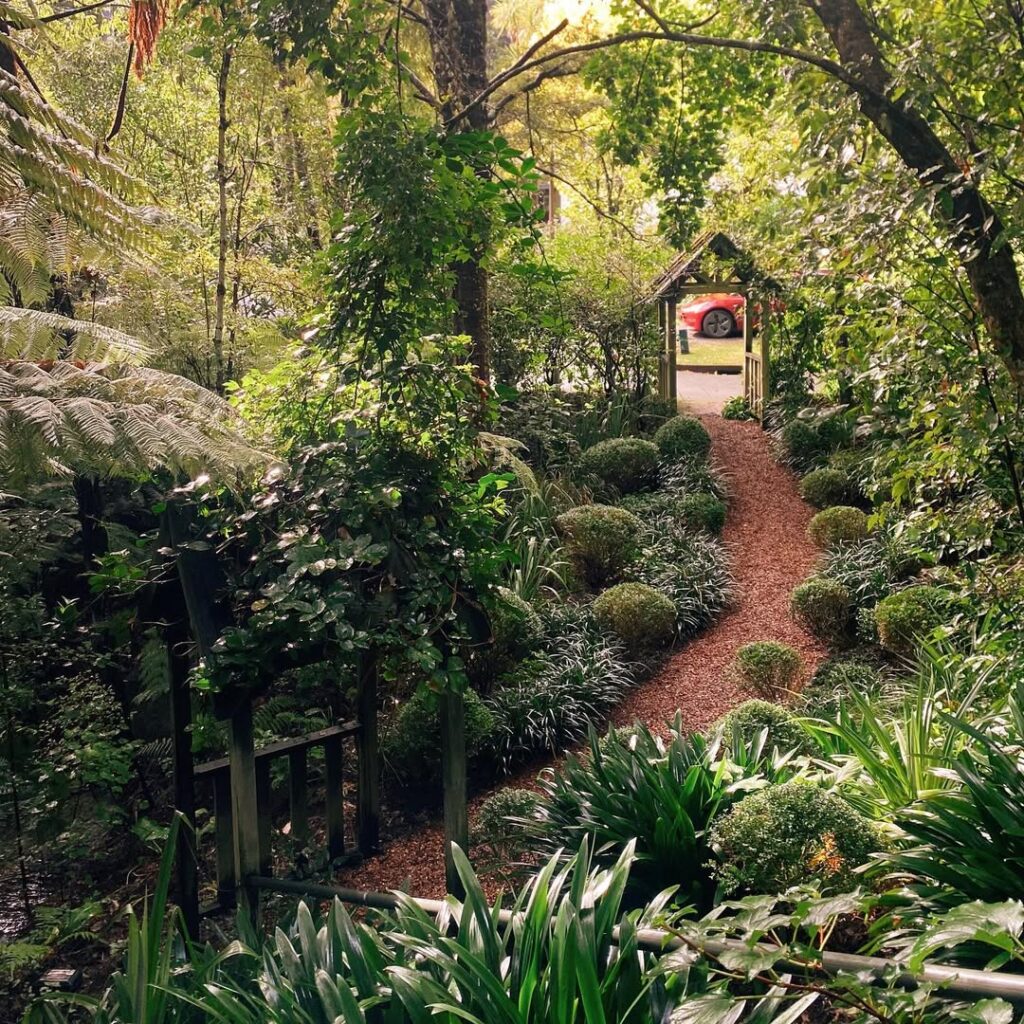
Shady areas don’t have to be barren. Embrace native shade-loving plants like Solomon’s seal, ferns, hostas, or woodland phlox to create a lush understory.
These species thrive under tree canopies, suppress weeds, and need little maintenance once established. You can even mix in edible shade plants like ramps, nettles, or wild ginger for functionality.
Creating a native shade garden around your modern patio furniture setup brings balance—lush greenery surrounding sleek, contemporary seating for a serene blend of wild and refined.
Plus, it’s an excellent way to increase biodiversity and reduce the need for watering.
7. Foraging Corners
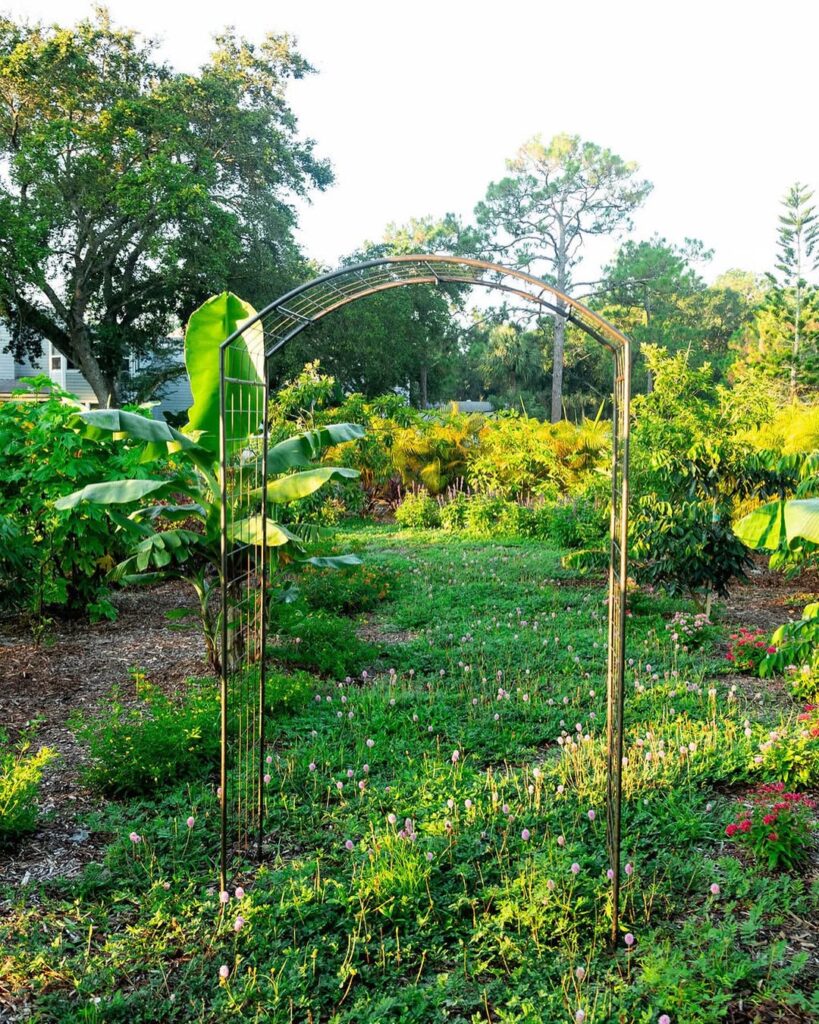
Designate small pockets of your garden for plants traditionally used in foraging—think elderberries, wild roses, plantain, and yarrow.
These zones serve as both beauty spots and mini-apothecaries, providing herbal ingredients for teas, tinctures, or salves. Many have medicinal uses and attract pollinators, too.
Tuck them into semi-shaded nooks or around seating areas to spark curiosity and connection to nature. Use natural stone or wood markers to label the plants for a rustic educational touch.
It’s a creative way to bring traditional wisdom into your modern outdoor living lifestyle.
8. Forest Garden Guilds

Companion planting, or plant guilds, is at the heart of forest gardening. Instead of random placement, organize plants into symbiotic groups that support each other.
A classic example: a fruit tree guild might include a nitrogen-fixing plant (like clover), pest repellents (such as chives or garlic), pollinator attractors (like bee balm), and mulch providers (comfrey or rhubarb).
This method enhances soil health, boosts productivity, and reduces the need for fertilizers or pesticides.
Incorporate guilds near your porch, deck, or relaxation areas to see and enjoy how beautifully productive outdoor living can be.
9. Hobbit-Style Hideaways
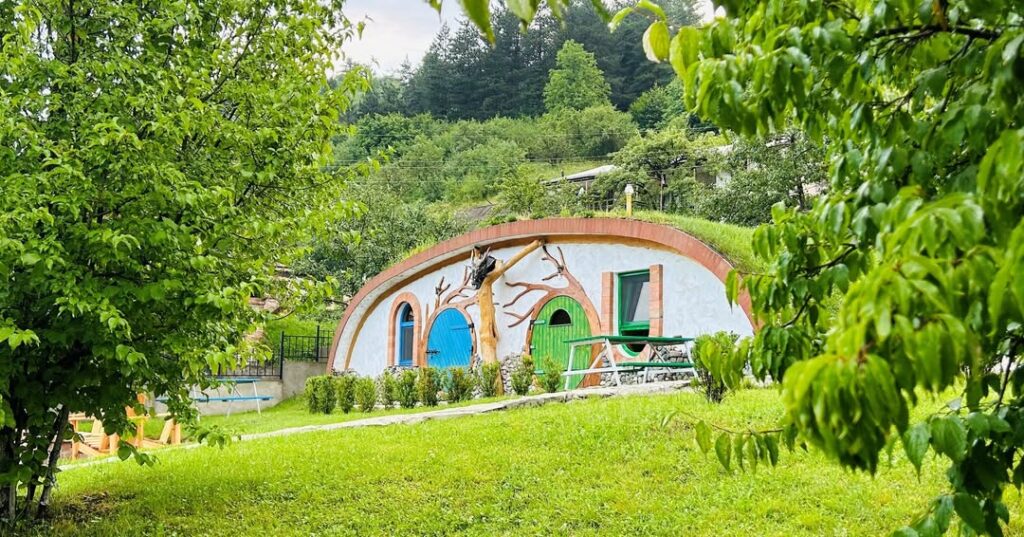
Create a magical escape in your garden with a tucked-away nook that feels like something out of a fairy tale.
Using natural materials—like a moss-covered bench, arching tree limbs, or a woven willow dome—you can create a shaded sitting area for reading, meditating, or sipping herbal tea.
Surround it with fragrant plants like lavender, lemon balm, and jasmine to awaken the senses.
These whimsical touches elevate your back porch ideas by extending the cozy vibe into the garden itself. They also make great play spaces for children or creative retreats for adults.
10. Pollinator Power Zones
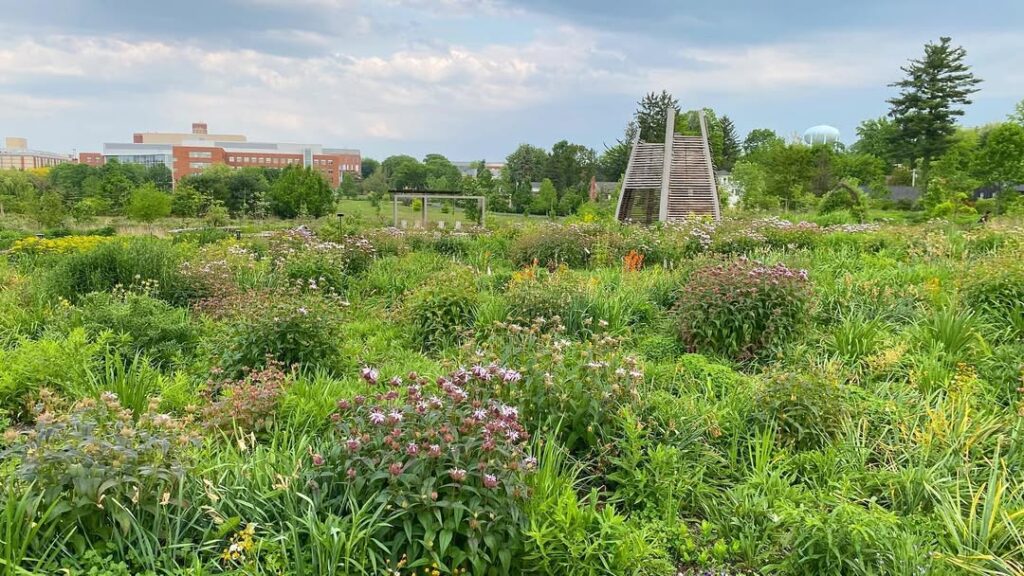
Pollinators are the unsung heroes of any forest garden. Create dedicated zones filled with bee and butterfly favorites—milkweed, echinacea, bee balm, goldenrod, and lavender.
Cluster these plants in sunny areas to encourage consistent visitation. Add a few bee hotels or flat stones for sunbathing, and you’ll soon see a noticeable increase in garden activity.
These zones are not only beautiful—they’re vital. Without pollinators, your fruit trees and veggies won’t thrive.
Position a pollinator patch near your modern patio furniture or back porch seating to enjoy the buzz of nature while sipping your morning coffee.
11. Edible Privacy Hedges
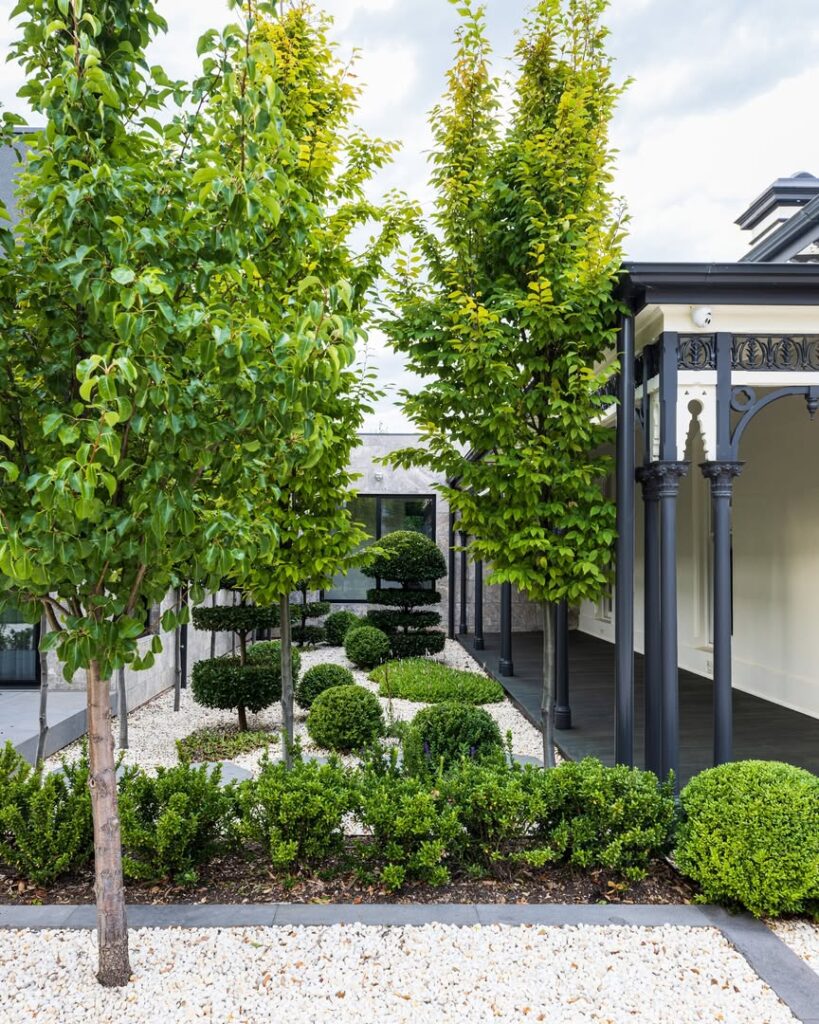
Who says privacy hedges have to be purely ornamental? Use edible shrubs like hazelnut, elderberry, serviceberry, or aronia to create a living wall that feeds both your body and your soul.
These dense shrubs provide a natural barrier, define garden edges, and offer seasonal interest through blooms, berries, and fall color.
They’re also a clever way to add forest flair near your porch or patio without sacrificing outdoor elegance. And unlike fences, they attract wildlife and improve air quality.
Top it off with some low-profile lighting or trellised vines for a stunning night-time silhouette.
12. Vertical Vines and Trellises
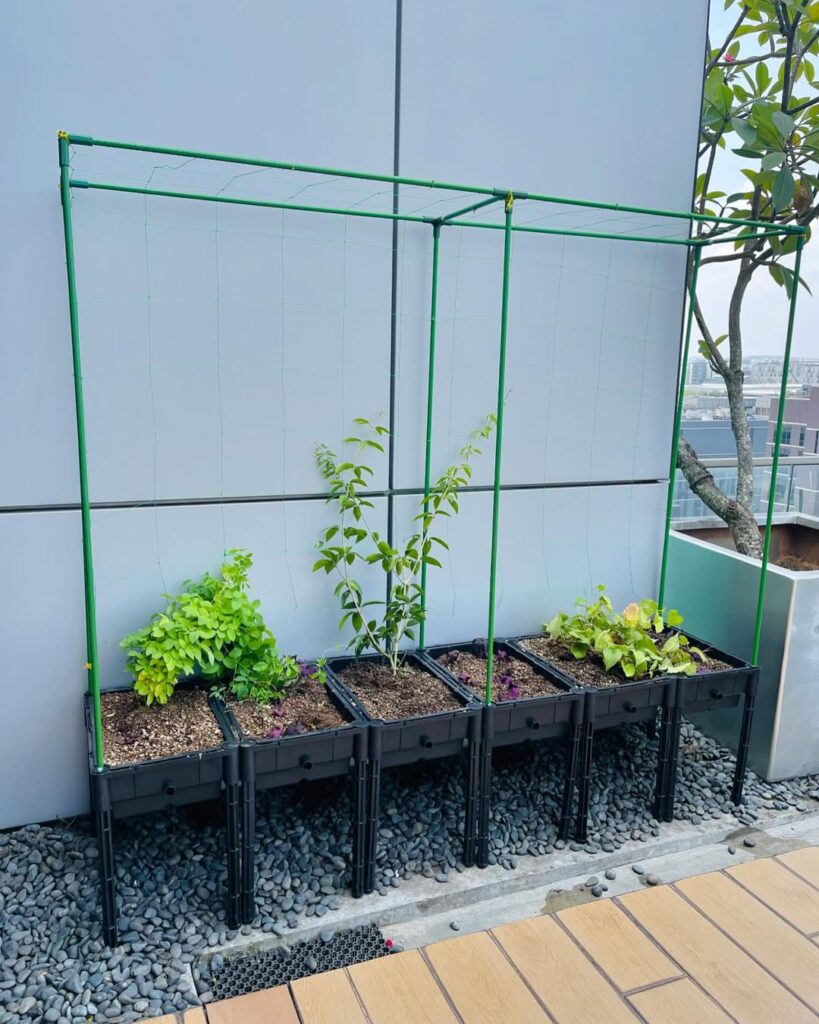
Vertical gardening isn’t just for small spaces—it’s a beautiful way to bring height and structure into your forest garden. Trellises, arbors, and pergolas wrapped in vines add shade, privacy, and visual appeal, especially when placed near your patio or back porch.
Plant fast-growing edible or ornamental vines like grapes, kiwi, clematis, or honeysuckle. You’ll get blooms in spring, shade in summer, and fruit in the fall.
This technique is perfect for maximizing your growing area without taking up extra ground space. Plus, vines soften hard architectural edges, tying modern patio furniture into the surrounding greenery.
They also make lovely backdrops for quiet nooks or garden pathways.
13. Seasonal Garden Rooms
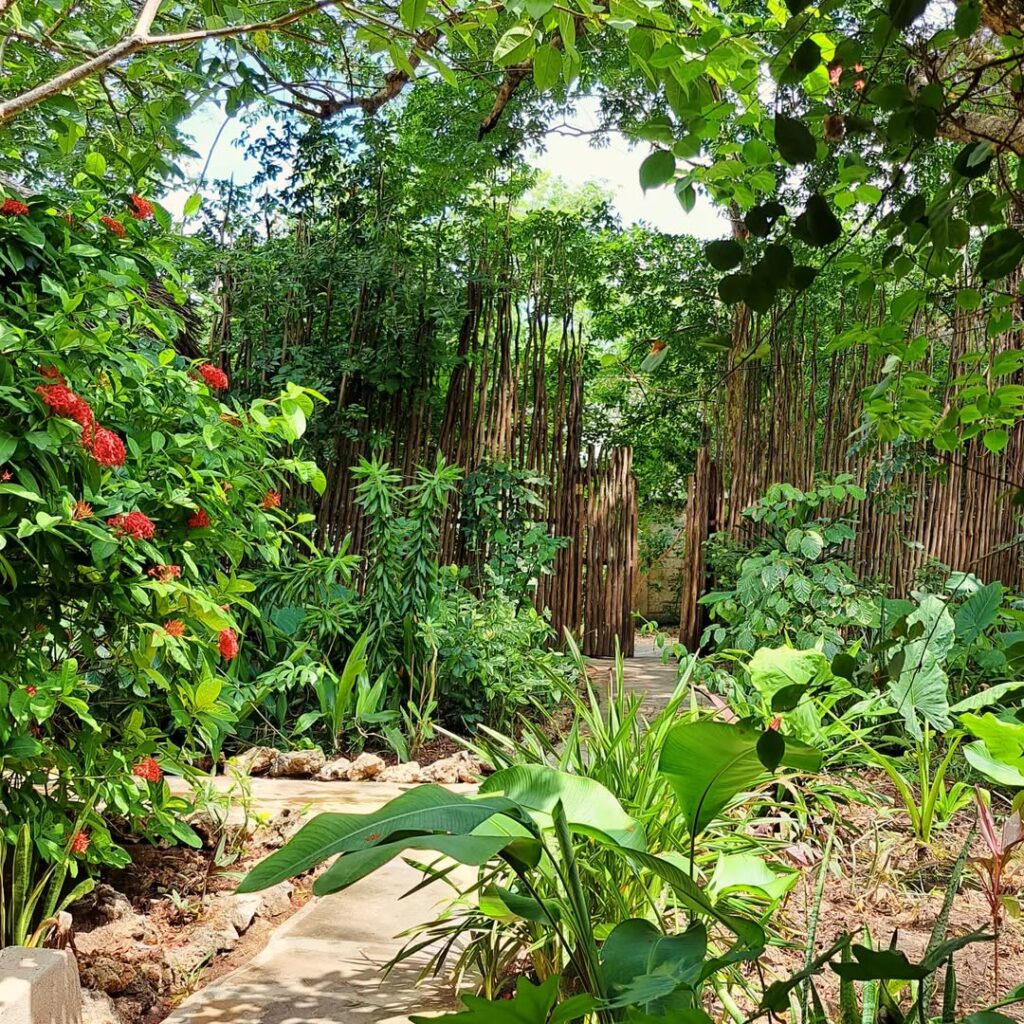
Designing your forest garden in distinct “rooms” can make the space feel larger and more immersive. Use tall plants, shrubs, or living walls to define areas like a summer tea spot, a shaded reading nook, or a fire pit retreat.
These garden rooms not only add structure but encourage you to use your outdoor space year-round.
Each room can have its own theme—herbs and flowers for the relaxation zone, fruit trees and veggies near the kitchen door, and pollinator-friendly plants around a meditation bench.
Add gravel or flagstone paths for connection, and tie it all together with cozy back porch decor like lanterns or hammocks.
It’s like creating a mini retreat right in your own backyard.
14. Integrated Compost Systems
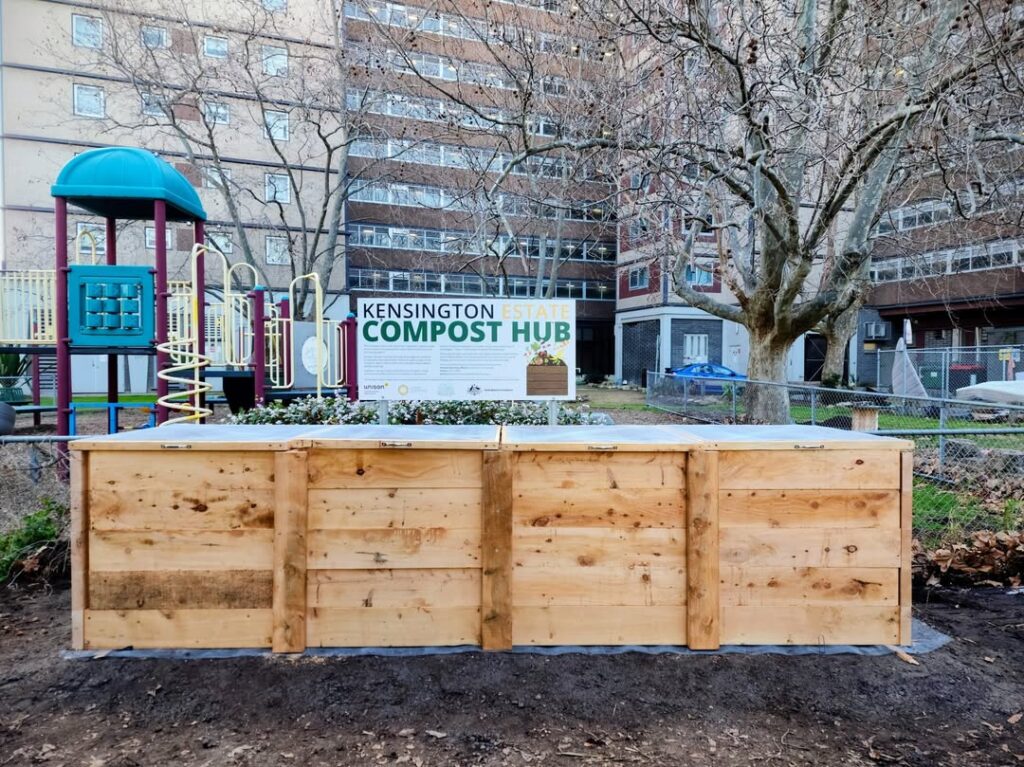
An efficient forest garden is a regenerative one. Adding a composting station helps complete the cycle—kitchen scraps and garden waste are turned into rich soil that feeds your plants naturally.
You can tuck a compost pile or bin into a shady corner surrounded by tall perennials or shrubs for concealment. Or opt for an attractive compost tumbler that blends with your modern back porch ideas.
Even better, create a worm composting system (vermiculture) that stays hidden under a garden bench or deck. Worms help break down organic matter quickly and produce powerful plant food.
These systems reduce waste, build soil health, and align beautifully with the sustainability ethos of forest gardening.
15. Woodland-Themed Seating Areas

What’s a garden without a peaceful place to sit and soak it all in? Woodland-style seating makes use of natural textures and tones to seamlessly blend into your forest landscape.
Think rustic log benches, stone stools, tree stump seats, or hammocks hung between two sturdy trees.
You can build a circular seating area around a fire pit for cozy nights or a single bench beneath a flowering tree for solo moments of calm.
Pair with soft outdoor pillows or woven throws to keep it cozy and tie it in with your overall outdoor living style.
Position these spots for the best views—toward a flower-laden corner, over a water feature, or beside a pollinator zone buzzing with life.
16. Natural Mulch Pathways
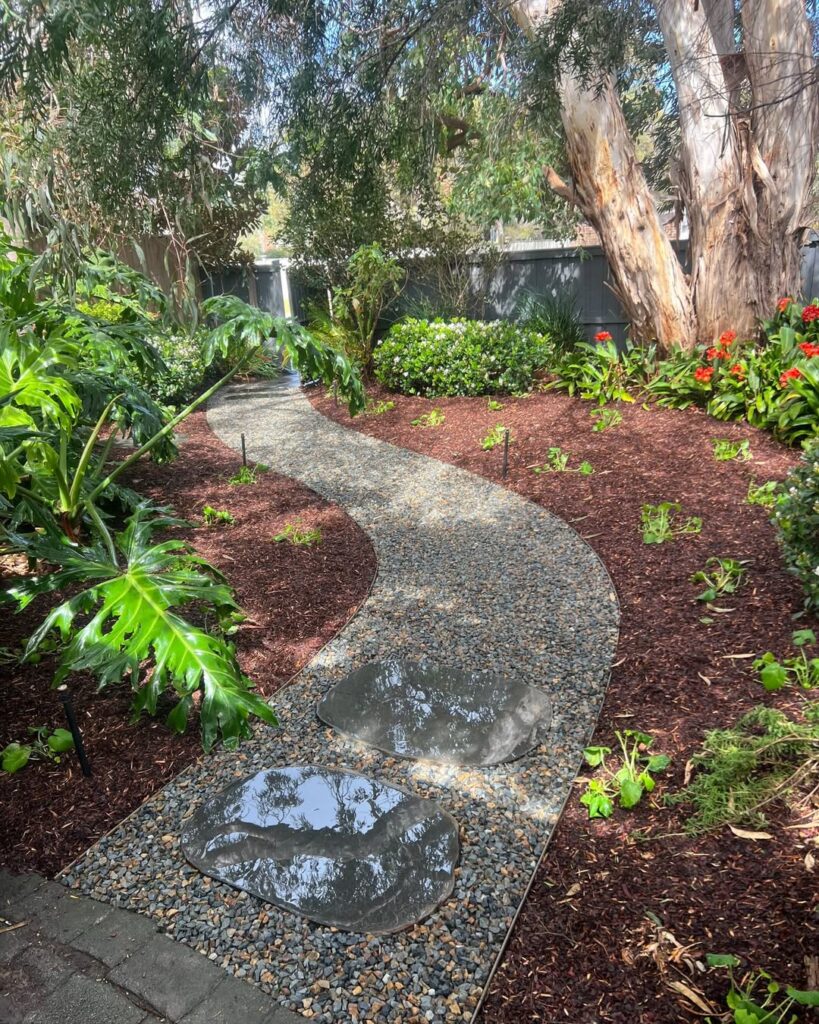
Create soft, earthy trails that guide visitors through your garden using natural mulch like bark chips, pine needles, or shredded leaves. These materials not only look organic and beautiful, but they also suppress weeds and retain soil moisture.
They’re gentle on bare feet and blend perfectly with the forest garden aesthetic. As they break down over time, they enrich the soil beneath them, nourishing plants on either side.
Use borders of stones, logs, or native plants to gently define these paths and invite exploration.
Mulched walkways also help organize your space without needing concrete or pavers, keeping your garden as close to nature as possible while still offering ease of movement.
17. Bird and Bat Habitats
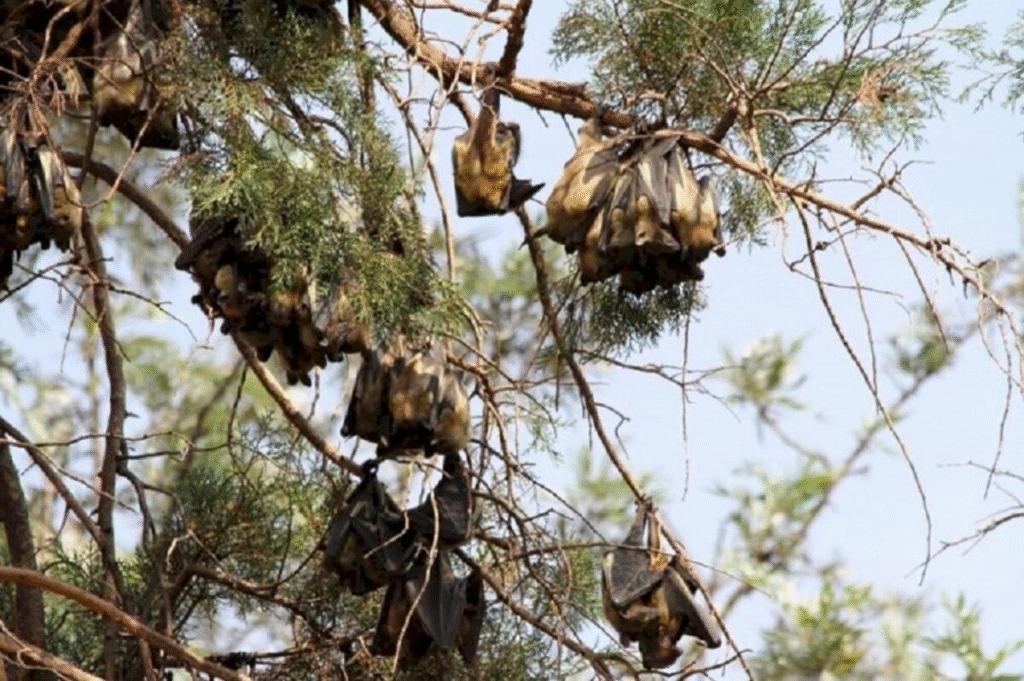
One of the easiest ways to deepen the ecosystem of your forest garden is by inviting in wildlife—especially birds and bats.
Birdhouses and bat boxes provide safe nesting and roosting spaces while helping control pests naturally. Birds eat insects and help pollinate, while bats are nighttime bug-eating champions.
Hang these shelters in tall trees, along fences, or on outbuildings that face away from prevailing winds.
Add bird feeders or native berry-producing shrubs like serviceberry or viburnum to attract feathered friends.
Pair this idea with your back porch decor by adding small observation points—like cozy chairs, binoculars, or even a journal—to make nature-watching part of your daily routine.
18. Wildflower Glades

There’s something truly magical about a wildflower glade. These sunny open spaces tucked between trees burst with seasonal color and movement.
You can seed a glade with native wildflowers like black-eyed Susan, coneflower, yarrow, and goldenrod. These attract pollinators, provide food for birds, and reduce the need for watering and fertilizing.
Glades are perfect for larger forest gardens but can also be scaled down for small backyards by planting clusters of native blooms in sunny pockets.
Leave some open space for a stone bench or picnic blanket and enjoy a flower-filled moment of peace surrounded by buzzing bees and fluttering butterflies.
It’s a living, breathing piece of art.
19. Forest Fruit Arbors
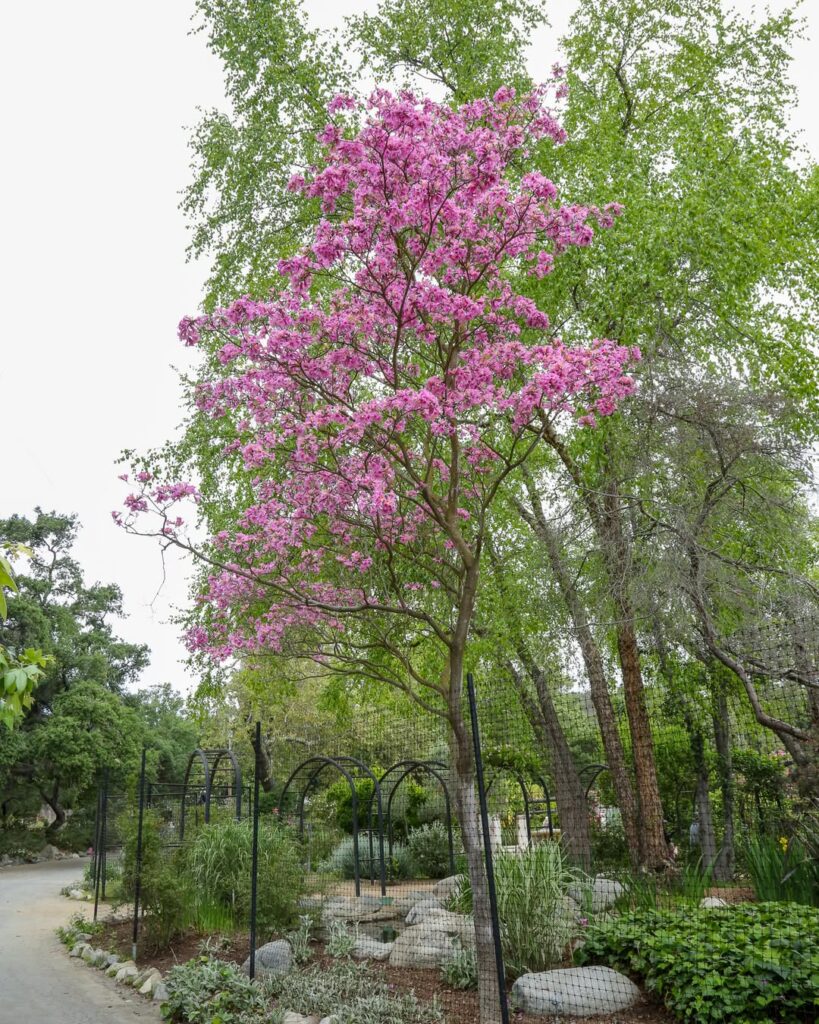
Fruit arbors serve as both stunning focal points and functional food producers. Construct an archway or pergola and train fruiting vines like hardy kiwi, grapes, or passionflower to climb and spread.
Not only do these plants provide fruit and shade, but the archway can act as a natural entrance to a deeper part of your garden—almost like stepping into another world.
Position your arbor near your back porch or as a transition between garden rooms. Add fairy lights or hanging lanterns for evening ambiance.
This idea blends beautifully with both rustic and modern outdoor living styles, adding elegance and abundance to your garden space.
20. Rainwater Harvesting Corners
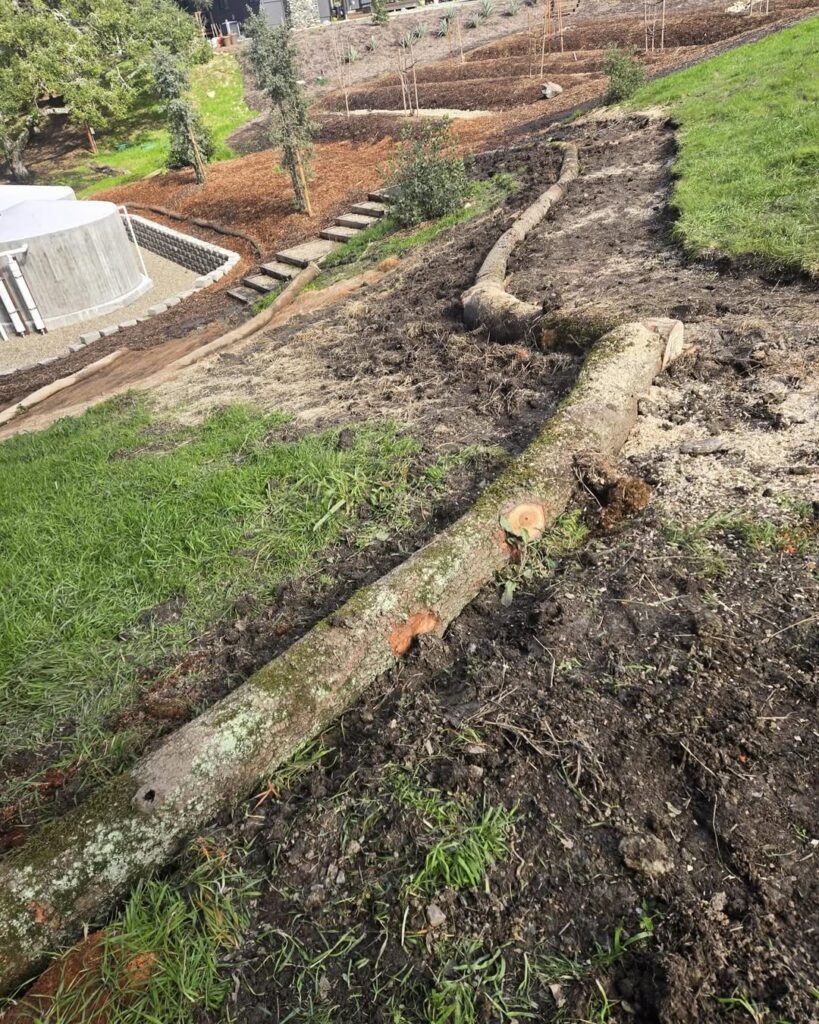
Incorporating rainwater catchment into your forest garden is a smart and sustainable move. You can install rain barrels beneath gutter downspouts, or create more advanced systems that channel rain into swales and holding ponds.
Use the collected water to hydrate your trees, shrubs, or edible beds during dry spells.
Barrels can be disguised with wooden enclosures, vines, or decorative paint to match your overall garden aesthetic.
It’s an eco-conscious way to care for your garden—and your wallet—and reinforces the self-sustaining nature of your design.
Tie it in near your modern patio furniture setup so the sustainability message is both visible and stylish.
21. Herb Spirals
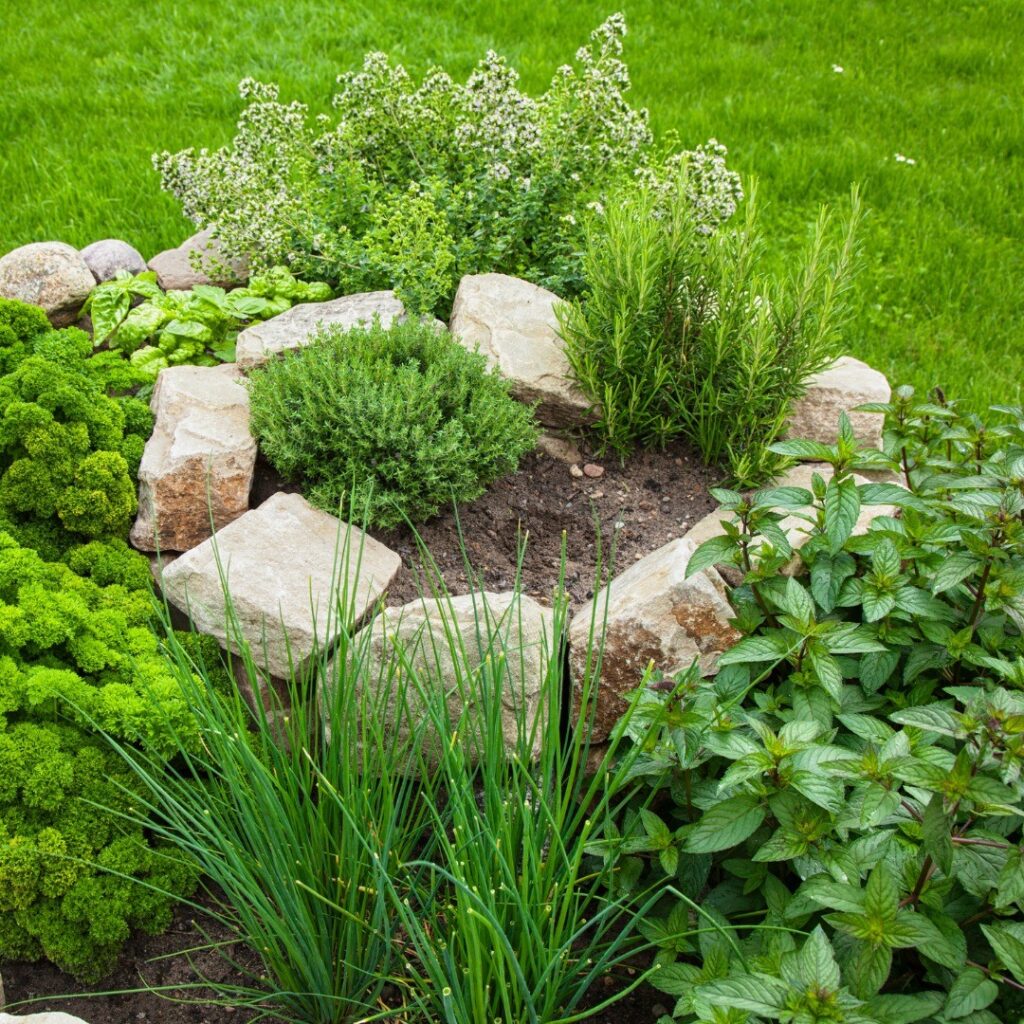
Herb spirals are compact, spiraling gardens built from stone, brick, or logs that allow you to grow a variety of herbs in a small footprint.
The design creates microclimates: the top is dry and sunny, perfect for rosemary or thyme; the bottom stays cool and moist, great for parsley or mint.
This vertical element draws the eye and works wonderfully near patios or outdoor kitchens where fresh herbs are always within reach.
You can surround the base with mulch paths, flower borders, or forest-inspired decor for a complete look.
Herb spirals support biodiversity, conserve space, and add architectural interest to your garden in a totally natural way.
Conclusion
Creating a forest garden is more than just a landscaping project—it’s an invitation to live in harmony with nature. With thoughtful planning and a bit of imagination, your backyard can become a lush, layered, and low-maintenance sanctuary that brings joy year-round.
From edible pathways and whimsical hideaways to compost systems and wildlife havens, these 21 forest garden ideas offer endless inspiration for outdoor living that’s both beautiful and functional.
Whether you’re looking to elevate your modern back porch decor or build a garden that feeds your family and local pollinators alike, a forest garden is the perfect way to reconnect with the earth—right at home.
Which idea are you most excited to try in your own garden?



